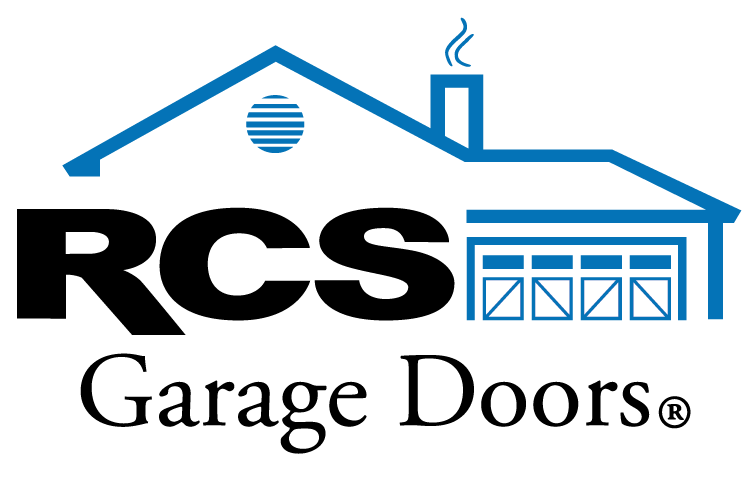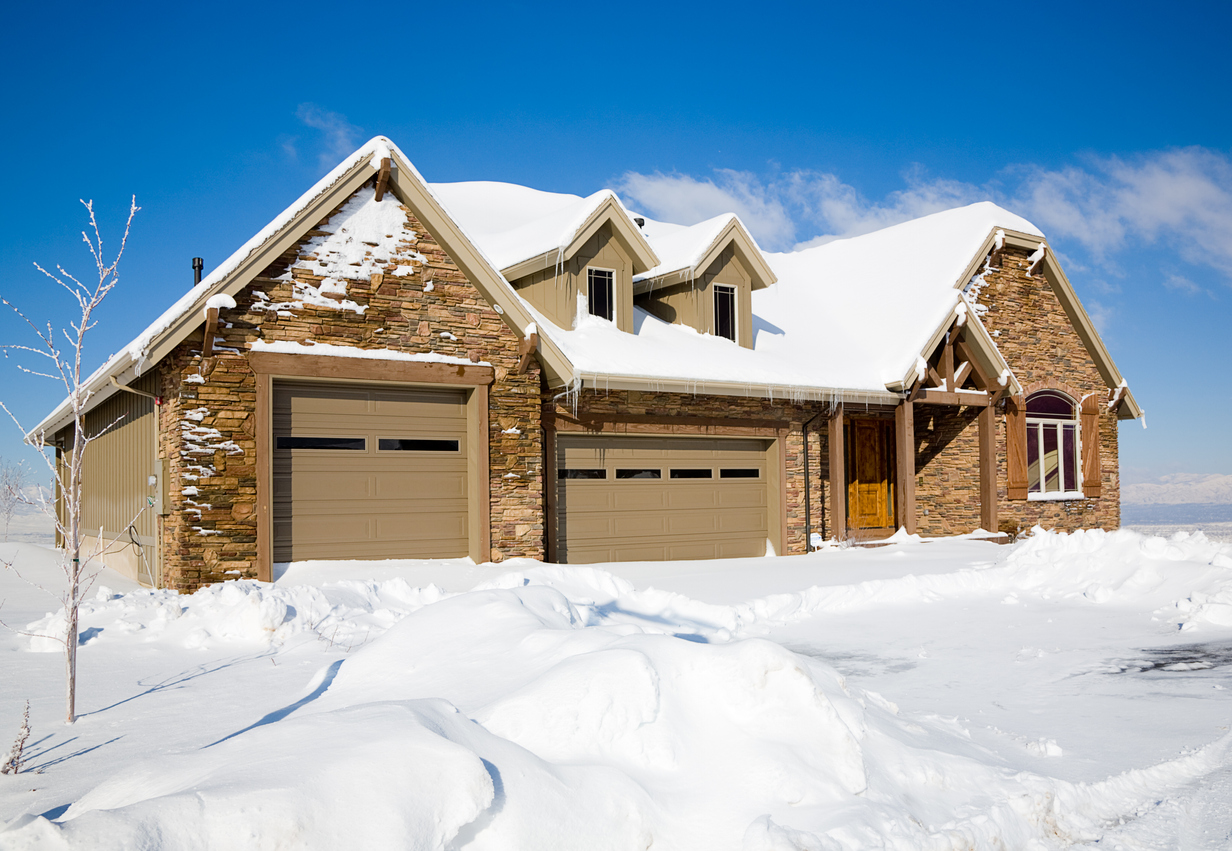Preparing Your Garage for Winter With Weather Stripping
Many homeowners overlook preparing their garage doors for winter, but winterization is an important step on your to-do list with several benefits when the cold weather arrives. Aside from saving utility bills, you can protect your home from damage.
Whether your garage door is newly installed or has been there for some time, a thorough inspection is needed to ensure full insulation and complete sealing from unwanted elements. Explore our guide to learn more about prepping your garage for winter.
Does Your Garage Door Need Weather Stripping?
Garage door weather stripping seals your overhead door’s opening to prevent dirt, water or insects from coming in. Ideally, you should check the condition of your garage weather stripping once or twice a year, especially before winter. To determine whether you need replacement, close the garage door and examine all the edges from the inside. Look for damage like:
- Puddles of water inside your garage around the door
- Visible signs of cracks
- Light getting through
- Signs of rodents or other wildlife getting inside
- Rust on the metal around your garage door
- A cold breeze coming through the garage door side seals
If you haven’t experienced any of these issues, your garage door’s weather stripping should last another season. However, if you notice deterioration, professionals like RCS Garage Doors can help you decide whether replacing the weather stripping is necessary.
4 Benefits of Weather Stripping
After assessing your garage door and finding signs that it needs weather stripping installation, repair or replacement, you may want to know how those services can benefit your garage. As winter approaches, consider these advantages of making sure your weather stripping is in excellent condition.
1. Save on Utility Bills
Weather stripping ensures proper insulation, which means that during winter, the hot temperature stays inside while preventing the drafts from getting through, resulting in a lesser risk of lost energy.
2. Keep Animals Out
Secure your food and any valuable items you store inside your garage door from ants, rodents or other animals that may cause damage.
3. Protection From Water and Flooding
During average or heavy rain, some water may get inside. When stuck up, it may cause a flood that can damage your floor or any items within the garage door.
4. Decrease Damage to Your Garage Door
When your garage door has proper weather stripping, maintenance will be less likely. It can protect you from water, insects and other unwanted things that will damage your door.
Additionally, the cost of replacing your garage door weather stripping is minimal, particularly when it gives you convenience for an extended period.
Types of Weather Stripping
Common types of weather stripping:
- Plain or reinforced weather stripping
- Metal weather stripping
- V-strips
- Plastic, aluminum and stainless steel door sweeps
- Foam tape
- Rubber weather stripping
Replacing the Seals
To have a well-functioning garage door, you must ensure it is properly sealed. However, it would be best to consider that factors outside your control, such as time, temperature and weather, can wear out your seal. Regularly check it, and when you find some damage, don’t panic. While you can replace it on your own, calling professionals like RCS Garage Doors before making any decisions makes it easier for you to achieve a smooth and properly installed seal.
Contact RCS Garage Doors for a Free Evaluation
When was the last time you had garage door weather stripping? For many homeowners, it’s been months or even years. Considering all the benefits a proper weather stripping can give, now is the best time to have it evaluated. Talk to the experienced professionals at RCS Garage Doors now and schedule a free evaluation to help you with your weather stripping needs.



